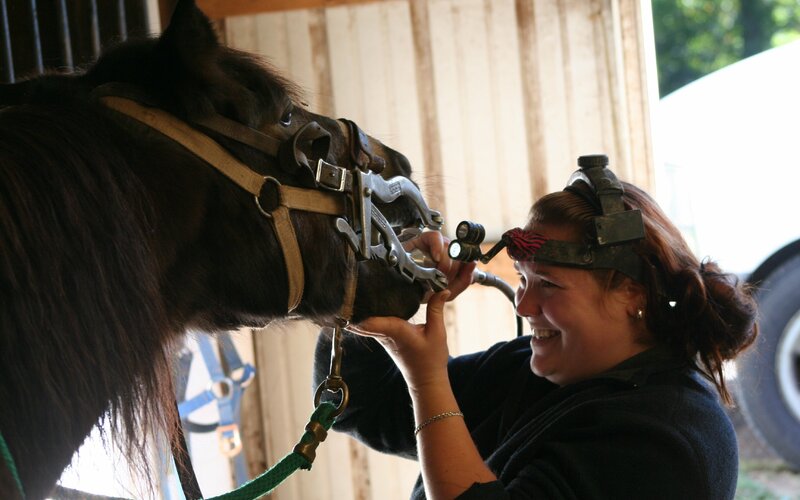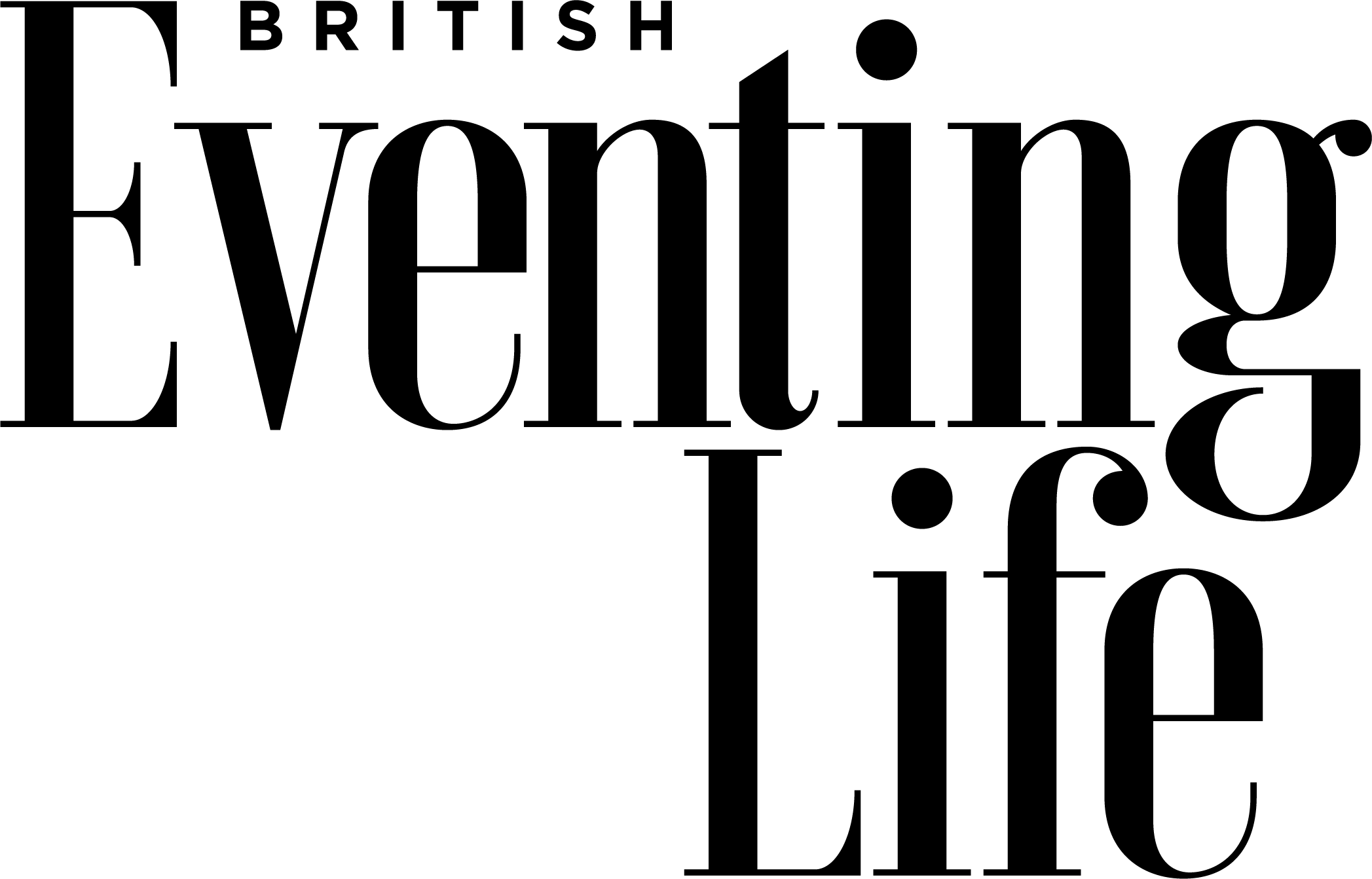
A brief overview of equine dentistry
Equine vet Dr Till Hörmann outlines the possible dental problems in competition horses and the symptoms to watch out for.
The most common dental problems in domestic horses are caused by the specific anatomy and physiology of the horse’s jaws and teeth, designed for an animal that is naturally spending most of its lifetime grazing. With a little bit of knowledge, a lot of these problems can be avoided in event horses.
The most common dental problems in domestic horses are caused by the specific anatomy and physiology of the horse’s jaws and teeth, designed for an animal that is naturally spending most of its lifetime grazing. With a little bit of knowledge, a lot of these problems can be avoided in event horses.
Grazing
A normal horse grinds food by moving the teeth in the mandibular (lower jaw) against the teeth in the maxilla (upper jaw) in a horizontal and circular movement to grind hay or grass.
There is much less horizontal movement needed to grind concentrated food such as grains – the mandibular movement is more vertical. A horse’s upper jaw is much wider than the lower jaw, and teeth keep erupting throughout its life by a few millimetres each year, so the outside of the upper teeth and the inside of the lower teeth are much less worn off when the jaw movement is more vertical. Sharp enamel points that can injure the gums and lead to significant discomfort can form. These enamel points can easily be removed by rasping.
The daily grazing time of most riding horses is significantly less than in nature. The incisors are not being used as much for food collection and are less worn down. This increase in incisor length results in the cheek teeth losing contact with their opposites and the grinding of food becomes even more impaired.
In competition horses, these problems may occur more frequently as the quantity of concentrates fed is increased.
Milk caps
Sometimes a permanent tooth is not able to erupt properly because the residual milk tooth sits on top of it. These so-called milk caps can cause some discomfort, inflammation and/or infection, and should be removed.
Wolf teeth
Many horses have a small wolf tooth in front of their first upper cheek teeth. Occasionally they are lying under the gum and are referred to as blind wolf teeth. They sit right where the bit is and are without function. They can cause discomfort and should routinely be removed.
How to detect possible dental problems in a horse
- Riding problems – often the first signs of a dental problem are seen during normal handling and training. Unwillingness when being tacked up, getting ahead or behind the bit, leaning against the bit often only to one side which is then considered to be the sore side, poor suppleness and bending ability, head tilting and even headshaking are signs to get the horse’s mouth checked.
- Changes in food uptake and eating behaviour – a careful observation of a horse’s normal eating behaviour allows the prompt detection of possible dental problems. Slow and poor eating and chewing, abnormal and awkward mandibular movement, dropping food, increased salivation, ‘hay roll’ formation and food particles in the faeces may occur as signs of dental trouble.
- General condition – in some cases, symptoms cannot be detected at an early stage; in these cases a horse is often presented with more severe conditions such as poor performance and poor general condition with poor coat and/or weight loss, recurrent and frequent impaction colic or choking as well as very smelly purulent nasal discharge, halitosis (foul breath) or facial swelling and/or bony bumps on the jaw.
How often horse's teeth should be examined
To try to avoid any of the above problems, a routine dental examination should take place on a regular basis.
- The first dental examination takes place as a foal after birth, then again as a weanling.
- A six-monthly check should be performed in horses aged between two and five as this is the time when the milk teeth are being replaced.
- A 12-monthly examination should take place in horses older than five years.
- Horses with known problems, e.g. missing teeth or maladjustment of the jaws, should undergo a six-monthly check.
Photo credit: www.flickr.com/photos/thedeity315/
